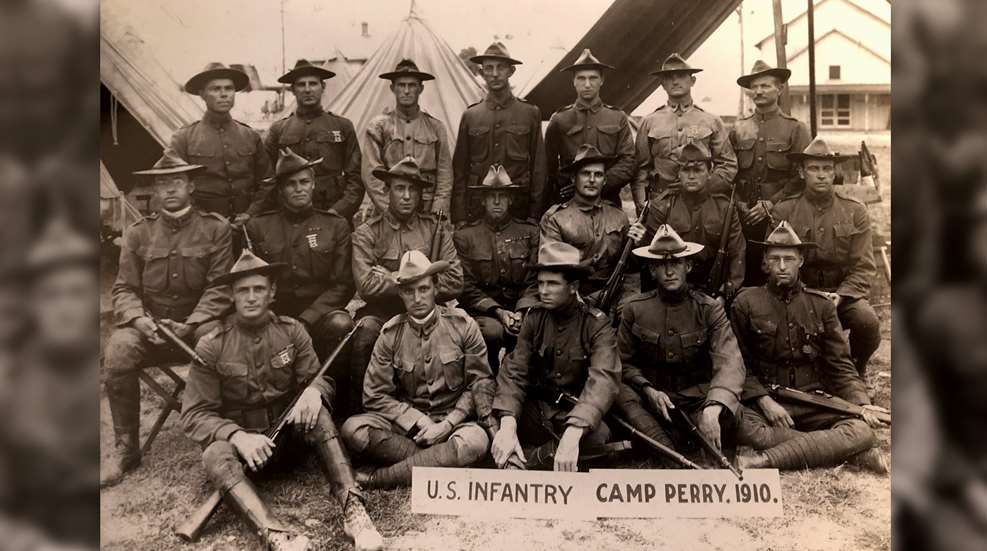
"There is nothing better than going to the National Matches, unless, perhaps, it is coming away from them after you have spent two or three weeks in camp, when you are looking forward to seeing the folks at home and the pleasing change of fare and scene. Contrasts make life worth living."
—Arms and the Man, August, 1910
The maturation and evolution of the National Matches continued as efforts to refine conditions surrounding the country's greatest shooting event kept pace with the ever developing Camp Perry. Structural enhancements impressed those in attendance and the enthusiasm for the matches seemed to spill over in all aspects. Early arrivals, lengthy stays and finding new ways to entertain and pass the time while in camp fueled the overall excitement associated with the National Matches. A new attraction this year was a recreation tent, the brainchild of Chaplain Thomas J. Dickson from the 26th Infantry who, along with the extracurricular activities, proved to be immensely popular with the competitors.
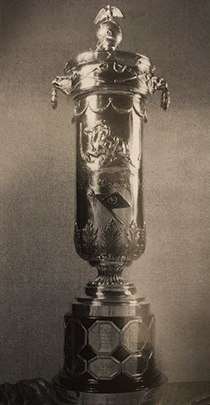
A most impressive act of shooting sportsmanship took place this year at Camp Perry which led to the institution of yet another trophy and reinforced the reputation of the National Matches as one of America's finest sporting affairs. When the Marines' skirmish score in the National Team Match was disallowed on a technicality, the team's overall finish dropped to 42nd place from second. The Cavalry Team, which had moved up to second place as a result, protested the action and upon review, the Marines were reinstated as the second place team. Because of this noble act, the Marines donated the Cavalry Cup to be awarded to the high cavalryman in the President's Match.
Five days prior to the start of the NRA portion of the program which, by order of the NBPRP (National Board For the Promotion of Rifle Practice) was scheduled before the Board Matches, a large number of teams and individuals were already in camp as the service teams had been practicing for some time and at least one state team, Oklahoma, was reported to be on the grounds for almost a month. The National Matches were growing and changes were inevitable, but the Board mission to develop "the largest number of men to the highest possible point of skill in the use of the rifle," was absolute, hence the organization's enforcement of the elimination rule and its modifications over the years that prohibited the winning National Match team from returning intact. It was felt that rules such as this not only promoted a wider competitor base but justified the appropriation of federal money for transporting teams to the matches.
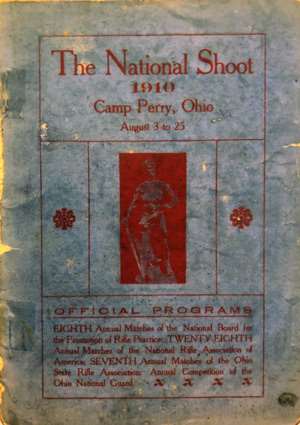
The NRA's own Long-Range Tyro Match, introduced in 1908, was another effort to expand the shooting pool and proved successful this year, as its 339 entries would attest. Tyros were defined as those who never placed first, second or third in any NRA individual match or national individual match; had never been on a team winning first, second, third or fourth in Class A of the National Team Match; or had never been a member of a U.S. International Team. In fact, the turnout exceeded estimates and forced the postponement of the popular Evans Skirmish Match by a day.
A sense of experimentation beset the match schedule as officials sought a balance between challenging service teams and encouraging new shooters. Notwithstanding the newly installed classification system in the National Team Match, a recommendation after this year's event advocated a new class for service teams so as not to discourage other participants. Despite any advantage service teams had in preparation time or equipment, the majority of match officials and shooters opposed the separation proposal for fear that such action would gravely change the original intent of the event.
Other experimental pursuits included changes in skirmish firing, rapid fire targets and position, equipment, and the first police revolver individual and team matches which were conducted under the Ohio State Rifle Association phase of the event.
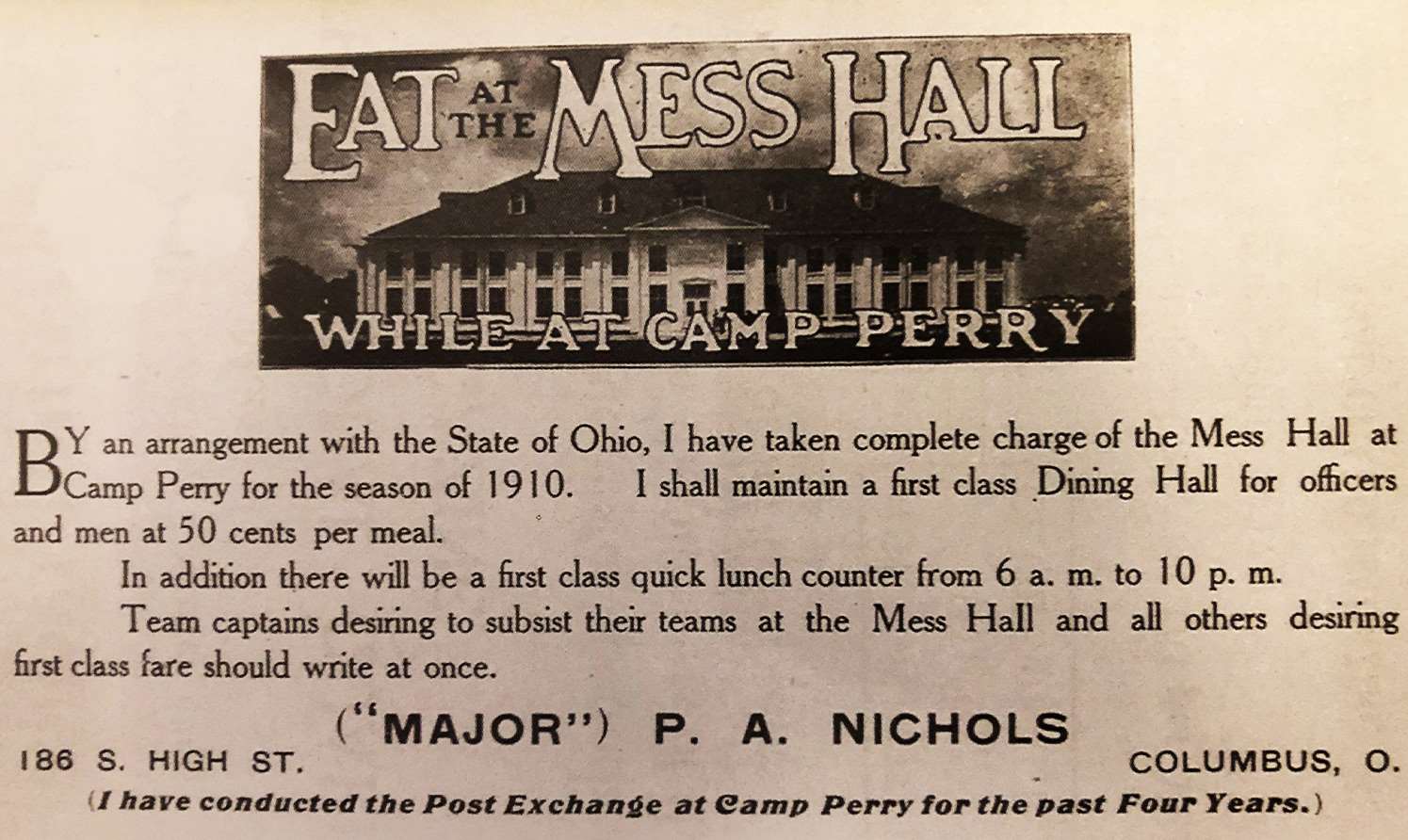
The NRA also tried to boost competitor interest with cash prizes financed by a 96-percent entrance fee return, new medals and a new method of squadding, which impressed many by the fact that the President's, Wimbledon and Leech Cup Matches were shot simultaneously. Lt. Morton C. Mumma made his debut as statistical officer this year under Executive Officer Robert K. Evans and led the new system of squadding whereby "every competitor received a coupon showing the match, the day and the hour it was to be shot, and the number of the target and the relay in which he would shoot."
Two of the more outstanding deviations from previous practice were the elimination of all range flags except one (to warn fishermen offshore), and of 800-yard firing in the President's Match and National Individual and Team Matches, which trimmed a half a day off the shooting schedule.
The winner of this year's Wimbledon Cup, the Ohio National Guard's Capt. Guy Emerson, followed the same practice used by the 1909 victor and used a telescopic sight, as did the runner-up, making stronger the case for abandoning the previously favored unchanged service arm and employing the "any rifle" condition allowed in the match. Lt. C.T. Sturdevant of the Engineers Corps fired a record 105 possible in the Leech, despite high winds and steady rain, topping the previous high score of 104 fired by K.K.V. Casey in 1908. The President's Match, minus the 800-yard stage, was won by Marine Sgt. W.A. Fragner in a field of 424 entries.
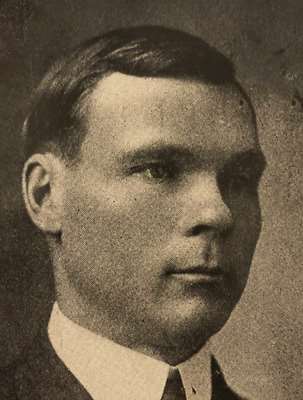
In addition to the omission of the 800-yard stage in the National Team Match, the order of firing was changed from previous contests and the Infantry finished atop the standings of the controversy-laden event. While the question of second place was determined in a most chivalrous manner, the Infantry team logged its third team title to tie New York for the most wins (3) in the event's eight-year history. The National Individual Match was won by Infantry Sgt. Scott Clark, while the title of Military Champion went to Corp. George Farnham of the Marines. Rounding out the matches altogether was the National Individual Pistol Match, won by Capt. J.P. Hopkins of the Coast Artillery Corps. "It ended," according to reports in Arms and the Man, "what has been in many respects the most successful of the National Matches and it brought to a finish the greatest series of matches...which have ever been shot in this country."
Accolades aside, significant among the NBPRP's post-match recommendations was one that the National Matches be fired every other year, beginning with 1911 and omitting the matches of 1912. The rationale behind the proposal was to avoid scheduling conflicts with the Army, whose maneuvers took place on even years. It was felt that during such years, difficulties would arise from not being able to staff the National Matches with the required number of officers and men, which this year comprised 60 of the former and 1,163 of the latter. Theories varied as to how such a change would affect the conduct of the National Matches:
"I am of the opinion, that if the National Matches and other competitions are held but once in two years, much interest in shooting will be lost."
—1st Lt. George Shaw, Army
"There is considerable quiet talk as to the advisability of making the National Rifle Matches a biennial affair instead of holding them yearly...if the matches were held every two years, there would be greater novelty and more interest taken in them."
—Army and Navy Journal, November 1910
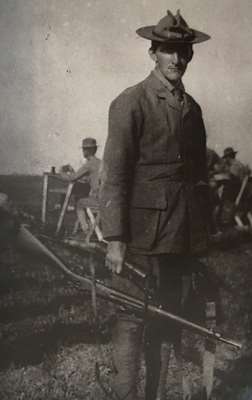
And if the alternate year debate was not weighty enough, comments on National Match site selection also surfaced. The Army and Navy Journal reported in November that: "By next year the government of the United States will possess a rifle range of sufficient size and equipment to take care of the National Matches. It is constructing a range near Sparta, Wisconsin."
In addition, officials in New York were expected to complete a range in the Nyack region in time to bid for the 1911 National Matches. While the National Board backed the biennial format, it did not support the idea of a site change as reported in Arms and the Man: "Camp Perry with its well equipped camp site, and 210 targets continues to be the only range in the United States that can accommodate the National Matches...At one time [this year], 200 targets were in use. This illustrates forcibly the great capabilities of the Camp Perry range."
"This remarkable achievement in range work was rendered possible only by the excellent and elaborate system of squadding used in these matches. This system requires every competitor to be in his place promptly...A few laggards were promptly thrown out in the early stages of these matches, after which, the others learned their lesson and everything ran smoothly and on schedule time."
—1910 NBPRP Report
Read more: 2,000 Men Under Canvas: 1908 National Matches


































